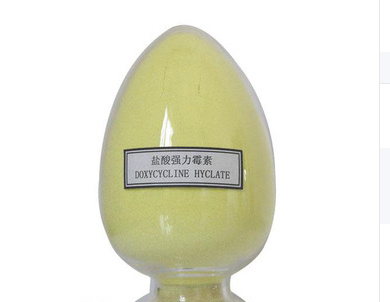Tolterodine Tartrate
| Appearance | White or almost white crystalline powder ,odourless. |
| Solubility | Sparingly soluble in methonal, slightly soluble inwater, pratically insoluble in chloroform |
| Melting point | 205~ 2 10 ºC ,decomposed during the melting process |
| Specific rotation | + 27.0º~+ 30.0º |
| Identification | |
| Chemical reaction | Solution appears purpureal |
| Characteristic absorption | Exhibits a maximum at 282nm |
| IR | The IR absorption spectrum of tolterodin tartrate should concordant with that (IR Album No.1037)of reference substance |
| Silver mirror reaction of tartrate | Add liquid ammonia with silver nitrateseveral drops, put it in the water bath andheat, silver dissociates and attaches to theinner wall of the tube, a silver mirror forms |
| Test | |
| Acidity | PH:3.0-4.5 |
| Lhloride | Should not more intense than a referencesolution using 2.0ml of sodium chloride standard solution (0.025%) |
| Sulfate | Should not more intense than a referencesolution using 1.0ml of potassium sulphate standard solution(0.05%) |
| Laevo isomer | NMT1.0% |
| Related substances | Any other single impurity :NMT0.1% |
| Total impurities:NMT 0.5% | |
| Function | Tolterodine is a competitive M receptor antagonist, and its selectivity to the bladder is significantly stronger than that of the salivary gland. Its inhibition of bladder contraction is about 20 times that of the salivary gland. After oral administration of tolterodine, the main active metabolite 5-hydroxymethyl derivative (DD01) produced by the liver is similar to the parental antimuscarinic activity and has significant therapeutic significance. Both have little affinity for other neurotransmitter receptors and potential cellular targets such as calcium channels. |
Write your message here and send it to us







